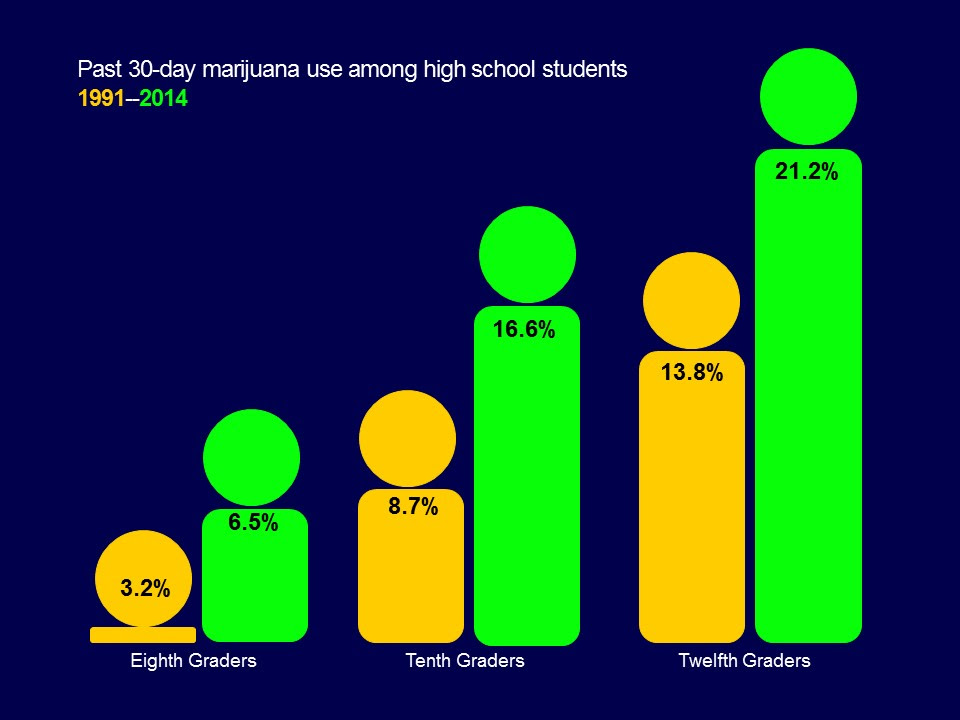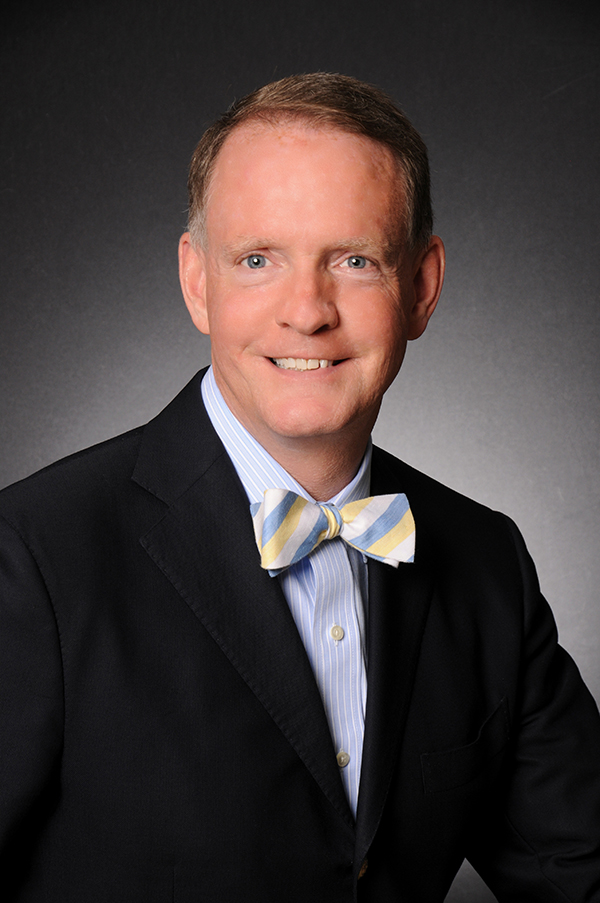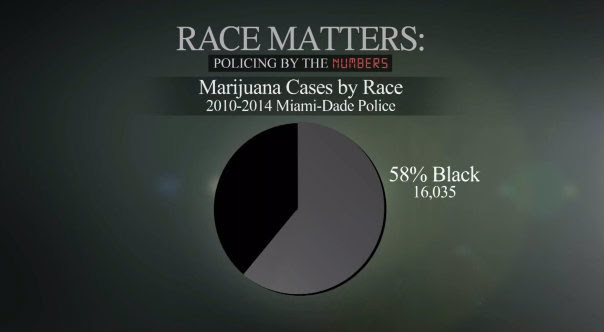As Drug Addictions Rise, Biden Admin Moves to Reclassify Marijuana as ‘Low-Risk’

On August 30, reports surfaced that the Drug Enforcement Administration (DEA) will review a recommendation from the Department of Health and Human Services (HHS) to reclassify marijuana as a lower-risk Schedule III drug. Experts warn that because of marijuana’s proven track record of being used as a gateway drug to highly addictive narcotics such as fentanyl, the move could lead to increased drug addiction and abuse nationwide.
The move by the Biden administration is the latest in a sustained effort to decriminalize cannabis, which currently remains a prohibited Schedule I drug at the federal level due to its psychoactive (mind-altering) effect and lack of any FDA-approved medicinal purposes. In October of last year, President Biden pardoned thousands of people who were convicted of marijuana possession as a federal offense.
Over the last two decades, a decisive legal shift regarding marijuana has occurred as more and more states have relaxed their laws governing the drug. Twenty-three states now allow for the recreational use of cannabis, and an additional 14 states allow the drug to be used for medical purposes.
With the increased allowance of the drug has come increased usage. A study published last year found that in states where marijuana was legal for recreational use, people used the drug 20% more frequently than those in states where it remained illegal.
In addition, studies show that new, highly potent forms of cannabis with higher concentrations of tetrahydrocannabinol (THC) are becoming increasingly common worldwide and are causing an increase in addictions. In the U.S., three in 10 marijuana users are addicted to the drug. In Europe, a drug monitoring center “found a 76% rise in people entering treatment for cannabis addiction over the past decade.”
Dr. John Fleming, a medical doctor who served in the Navy and ran his own private practice in Louisiana, has done extensive research on the effects that marijuana has on the human body. During Tuesday’s edition of “Washington Watch with Tony Perkins,” he pointed out that cannabis has proven to be a gateway drug for far more potent and dangerous drugs.
“The NIH and other agencies within the federal government show that the younger people [are who] use marijuana or any drug that’s illicit or addicting, the more likely they’re going to become addicted one day to … a pharmacological pool of drugs,” he explained. “Those who become addicted usually are addicted to three or four drugs simultaneously, and alcohol as well.”
Fleming continued, “Obviously, after they reach a certain level of ‘benefit’ in terms of what makes them feel good and gives them euphoria through their neurotransmitters, they’re ready to move on to other drugs. And as they get older, they step up to harder and harder drugs as they go along.”
Fleming, who formerly served in the Trump administration and as a Republican congressman representing Louisiana’s 4th congressional district, went on to highlight a variety of adverse health effects that can occur from marijuana use.
“[P]eople who smoke it experience the same problems that tobacco [users do], only worse. They see four times the number of bipolar disorders. … [T]hree out of 10 — in one study — of schizophrenics began with using marijuana. … And now we’re seeing that women who smoke it are more likely to have fetal abnormalities, premature labor, infant mortality, maternal mortality.”
In addition, those who regularly use marijuana are more than twice as likely to consider suicide, suffer from increased anxiety, suffer from a reduced capacity to learn, suffer from premature aging of the brain, experience cannabinoid hyperemesis syndrome (CHS) which causes severe vomiting, have an increased risk of heart attack, have an increased risk of bronchitis, emphysema, and lung damage, are 22% more likely to visit the ER, and are 40% more likely to die by the age of 60.
Fleming concluded by arguing that Biden’s effort to reschedule cannabis as a low-risk drug is based on politics instead of concern for public health.
“I believe this move to [reschedule marijuana] is to get votes by Biden. I think it’s pretty obvious what he’s trying to achieve there.”
AUTHOR
Dan Hart
Dan Hart is senior editor at The Washington Stand.
RELATED TWEET:
"70,000 fentanyl pills seized during undercover drug bust at Evansville hotel"
How many more drug busts have to happen until Joe Biden realizes his open border policies are not working? #BidenBorderCrisishttps://t.co/J1M6y6HklF
— Republican State Leadership Committee (@RSLC) September 9, 2023
EDITORS NOTE: This Washington Stand column is republished with permission. All rights reserved. ©2023 Family Research Council.
The Washington Stand is Family Research Council’s outlet for news and commentary from a biblical worldview. The Washington Stand is based in Washington, D.C. and is published by FRC, whose mission is to advance faith, family, and freedom in public policy and the culture from a biblical worldview. We invite you to stand with us by partnering with FRC.

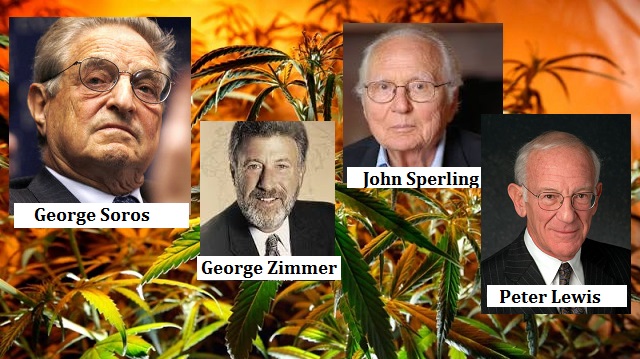
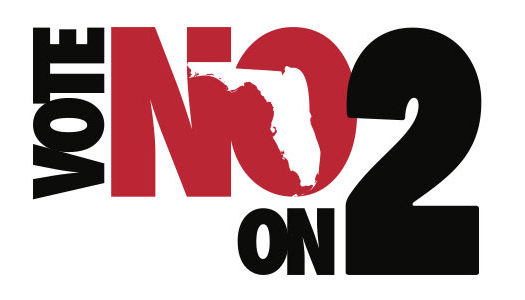 “Marijuana-Free Florida” presents the fourth in a series of public forums against the constitutional amendment to permanently expand the legalization of medical marijuana in the State of Florida to be held from 5:00 until 8:00 PM on September 26 at The Al Katz Center, 5710 Cortez Road, in the Cortez Commons shopping center.
“Marijuana-Free Florida” presents the fourth in a series of public forums against the constitutional amendment to permanently expand the legalization of medical marijuana in the State of Florida to be held from 5:00 until 8:00 PM on September 26 at The Al Katz Center, 5710 Cortez Road, in the Cortez Commons shopping center.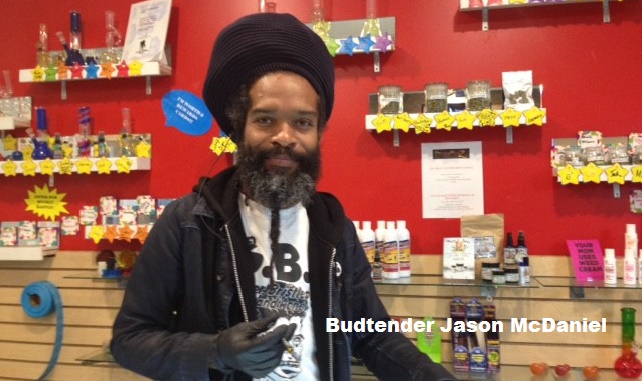

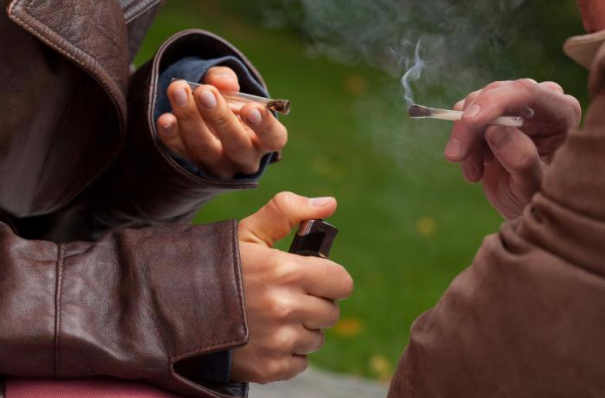
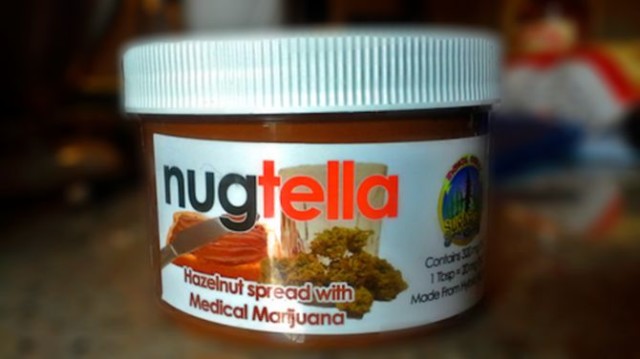


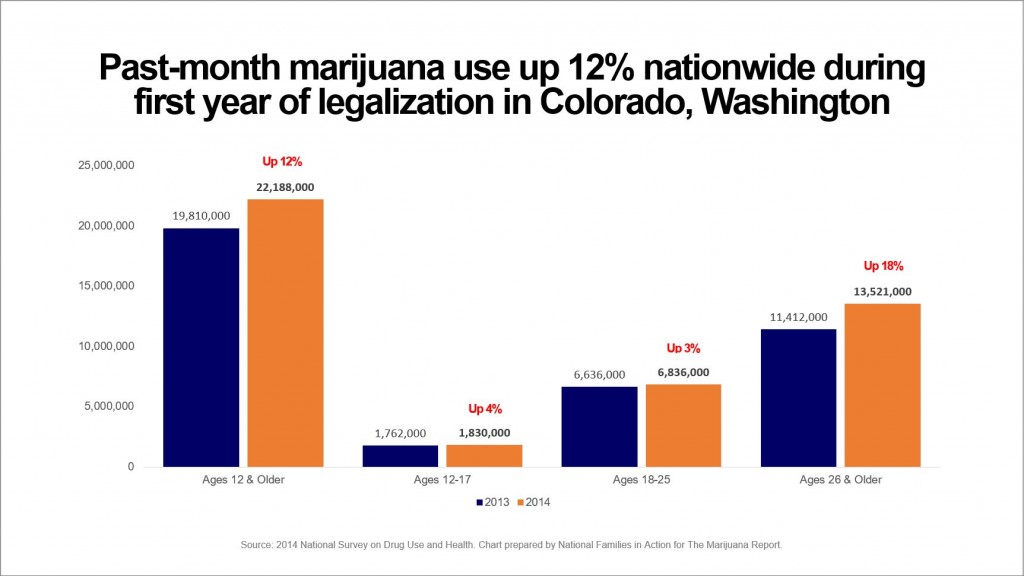


 Pamela Geller in her column “Generation Kill: The Child Soldiers of the Islamic State” writes:
Pamela Geller in her column “Generation Kill: The Child Soldiers of the Islamic State” writes:


